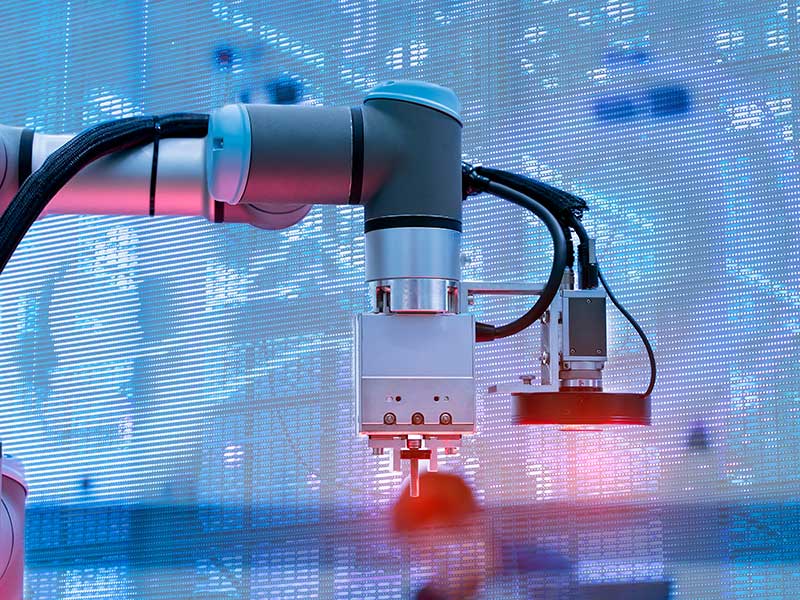Australia has been losing manufacturing jobs and income to other countries for years, including vital industries like Holden – one of the last bastions of car manufacturing.
Other industries are also feeling the pinch, such as the paper industry, where Maryvale paper producing plant to close with loss of up to 200 jobs.
While this loss has been bubbling away behind the scenes, the recent pandemic brought the issue into the spotlight. We realised that not manufacturing a range of products in Australia can mean long-term shortages in everything from laptops and phones to construction items, which we are still seeing to this day.
No one wants to wait six months for a new television; we want them when we buy them.
The good news is that we have the answer: Industry 4.0. This industrial revolution embraces robotics, automation, Internet of Things, and a range of other technologies to reduce our reliance of labour-intensive processes and make it more cost effective to manufacture within Australia again.
But barriers in funding, skills and misconceptions are getting in the way of this vital step into Australia’s manufacturing future.

We need to establish more Advanced Manufacturing Precincts – fully automated factories that allow organisations to view the capabilities of the technology in action, which can help to shift mindsets.
There are two main paths organisations can take when wanting to embrace Industry 4.0 technology.
They can start fresh and build a factory of the future right out of the gate, which is the costliest option upfront but long-term cost savings are very high.
Alternatively, if an organisation has an existing factory with legacy equipment, they can begin to retrofit these with newer technologies and go piece-by-piece (e.g. introducing a robot) to incorporate more advancements, which will be a slower burn but heading in the right direction.
Both of these options will require investment in time, equipment and training to make it happen.
Skills training is also a crucial part of this Industry 4.0 revolution for Australia. Without the right skilled workforce, we cannot make this can happen.
Australian organisations need to work together to shift the traditional mindset and embrace the new approaches of advanced manufacturing. This can involve the upskilling, retraining of existing employees.
This second part – retraining existing employees – works to resolve the concerns people have of AI ‘taking people’s jobs’ and resulting in mass job loss. Here, vocational education offers some key benefits over other forms of education, such as practical hands-on skills acquisition, competency based accelerated entry to the job market, and cost effectiveness.
Organisations can acquire the necessary skills and knowledge to build their capabilities to introduce Industry 4.0 into their operations. It takes only one or two years to train up an employee to help with the technological shift – which is how long the RMIT qualifications developed for this purpose take to study.
Students can quickly acquire the competencies to work with advanced equipment such as robots, supply chain, hand and power tools, cloud computing and cybersecurity.
For those still worried about large-scale job losses, we are seeing this already as more and more factories close shop on-shore.
Meanwhile, Industry 4.0 opportunities exist to transform the typical ways of working, moving from one skill set to another. Once people embrace training, they could become robot repairers, data analysts, cloud managers, cyber security professionals, computer aided designers, remote factory managers and automation engineers.
Many of the Industry 4.0 skills are applicable to manufacturing but also a myriad of other industries – ensuring these workers can have long-term careers and highly paid salaries.
For every year we delay a widespread push to bring back manufacturing at mass scale to Australia, we lose out on bolstering our economy. We need to take steps now to become leaders in Industry 4.0. This involves organisations and government investing in technology and supporting the upskilling or reskilling existing workers.
Through this approach, Australia can become a bastion of manufacturing in the modern era, enabling our economic health as a country and also supporting our own self sufficiency to produce our own goods. Let’s embrace the new Industry 4.0 revolution and drive Australia forward into the future!
Nick Patterson is Director of Future Technologies at RMIT University, where he is responsible for providing strategic leadership.
Do you know more? Contact James Riley via Email.
